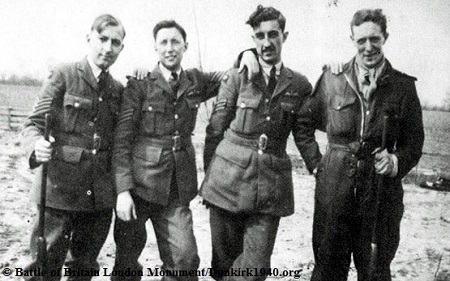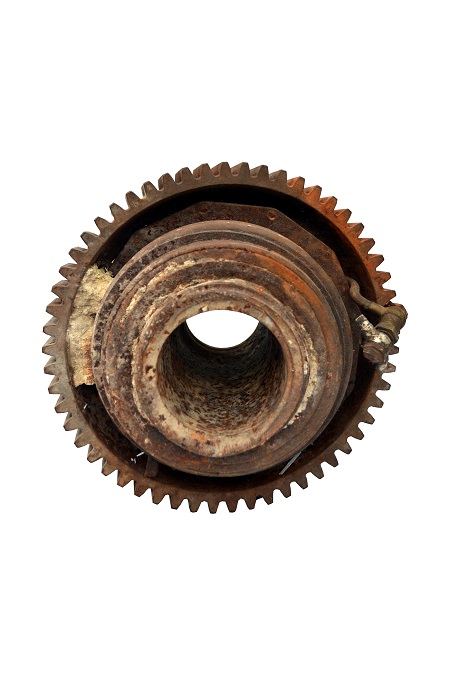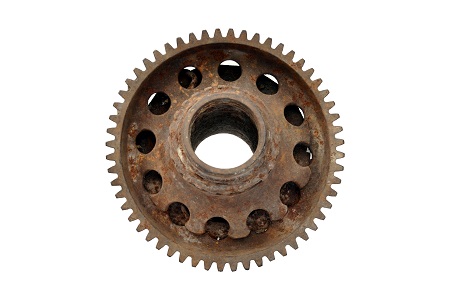Aircraft: Hawker Hurricane Mk1
Nationality: British
Serial number: V7677
Unit: No. 249 Squadron
Call sign: N/K
Date of loss: 05/12/1940

The fighter sweeps by the Luftwaffe were resumed after a two-day break due to the poor weather. Hurricanes of 249 and 253 Squadrons were the first into action against these, near Folkestone. 253 Squadron were short of fuel as they were close to the end of their patrol time and were jumped by Me109s from above. Sgt. Stroud was shot down, possibly by the rising ace Hauptmann Joppien of 1/JG51. The Squadron formed a defensive circle with 253 Sqn getting lower and the 109s following warily downwards until fuel considerations forced a break away at the low altitude of 6000 feet for the German fighters. Sgt. Stroud baled out with slight burns, landing just north of Rye, with his aircraft crashing at Stone, near Appledore (Kent).
Nationality: British
Serial number: V7677
Unit: No. 249 Squadron
Call sign: N/K
Date of loss: 05/12/1940

The fighter sweeps by the Luftwaffe were resumed after a two-day break due to the poor weather. Hurricanes of 249 and 253 Squadrons were the first into action against these, near Folkestone. 253 Squadron were short of fuel as they were close to the end of their patrol time and were jumped by Me109s from above. Sgt. Stroud was shot down, possibly by the rising ace Hauptmann Joppien of 1/JG51. The Squadron formed a defensive circle with 253 Sqn getting lower and the 109s following warily downwards until fuel considerations forced a break away at the low altitude of 6000 feet for the German fighters. Sgt. Stroud baled out with slight burns, landing just north of Rye, with his aircraft crashing at Stone, near Appledore (Kent).

Officially, the British designate the Battle of Britain as having taken place between the 10th July and the 31st October, 1940. Thus, this aircraft is not officially regarded as a Battle of Britain loss. However, the German viewpoint is that the Battle of Britain was a much longer air campaign, stretching from July 1940 through to May 1941.
The site was dug up in 1973 by the Brenzett Aeronautical Museum when many items were recovered including the propeller reduction gear from the front of the Rolls-Royce Merlin engine, which is displayed here.
The site was dug up in 1973 by the Brenzett Aeronautical Museum when many items were recovered including the propeller reduction gear from the front of the Rolls-Royce Merlin engine, which is displayed here.
 Back
Back